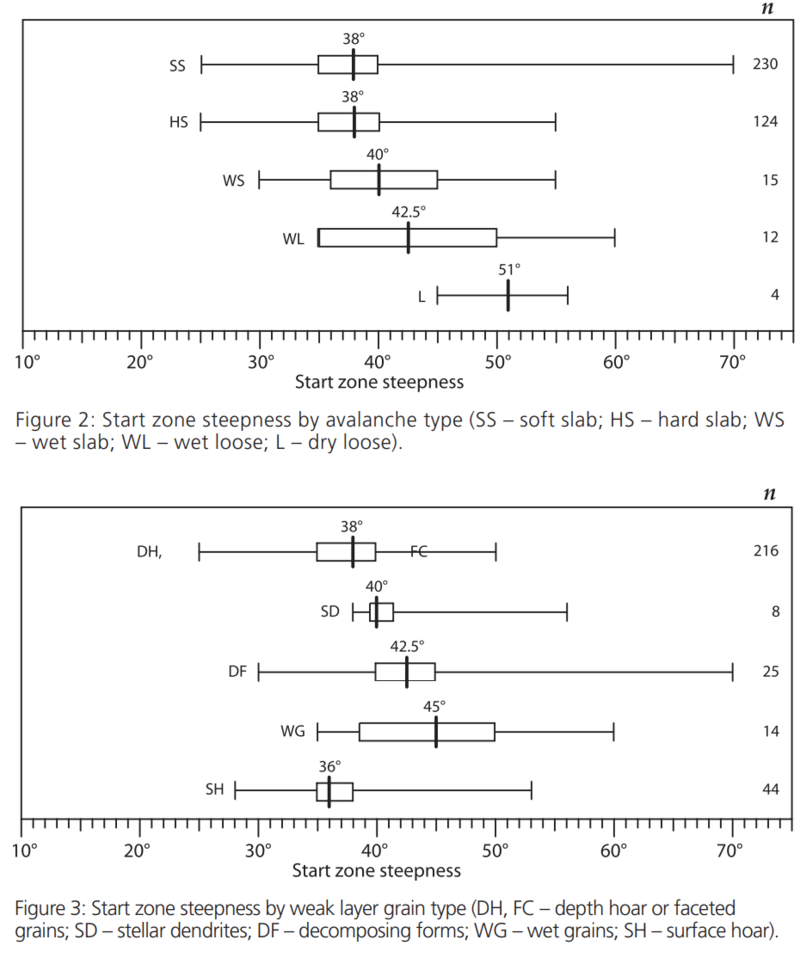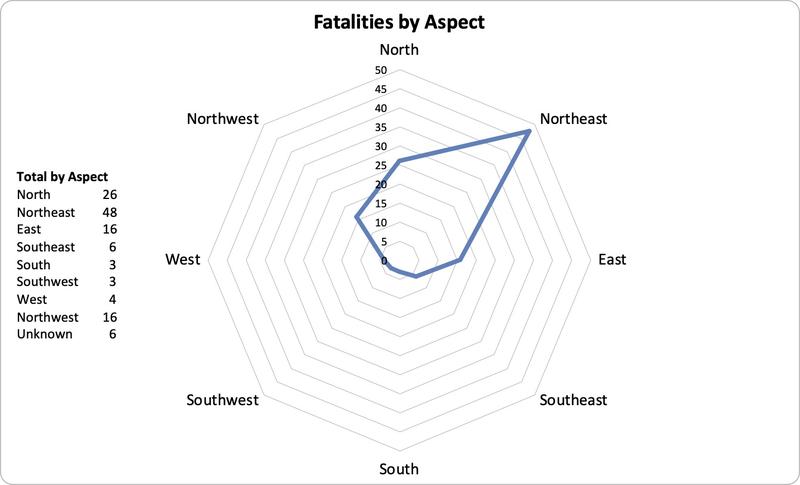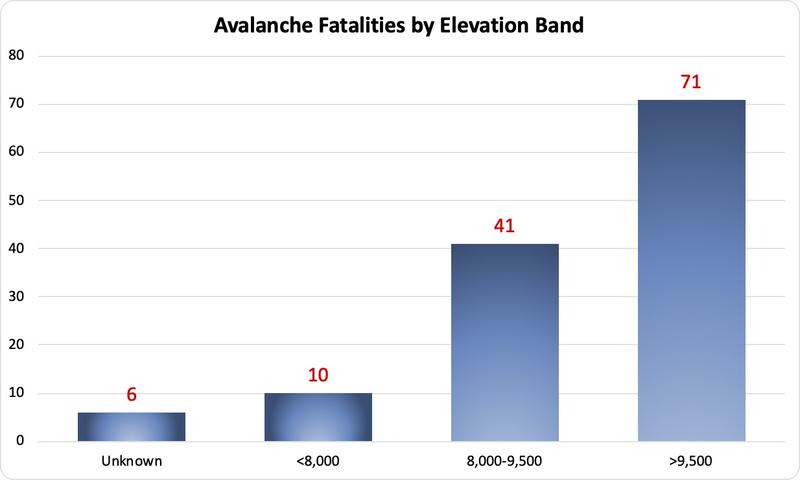
Drew Hardesty
Forecaster
HISTORY AND PERCEPTION
Over the years, the Wilson Glade has been a place of many close calls in part because it is often perceived as a more safe and welcoming destination than immediately adjacent terrain to the east (the Wilson Chutes) and the west (northwest chutes into Alexander Basin-February 2010 accident). The Glades are less steep and rocky and present as more "friendly" to the backcountry traveller. Owing in some part to their lower slope angle, they seldom avalanche naturally and more commonly build up a more connected slab, waiting for a trigger.
The most recent close call was just a little more than a month ago - Dec 27th, 2020 where a skier unintentionally triggered a soft slab avalanche failing on faceted grains. He reported the avalanche breaking above him but was able to ski off the slab to safety.
A few recent conversations with long-time backcountry skiers had the following stories of close calls in the Glades-
1- As we approached the ridge maybe 50' below it my friend John was in the lead. I saw all these puffs of snow shoot up from around the aspen trees. It was the depth hoar shooting up as the slab collapsed. The whole slope liquefied. Our spot stayed put. Regarding this fatal avalanche, I've never seen the glade slide wall to wall like that.
2- I was working as an avalanche forecaster at the Utah Avalanche Center at the time. This was in the late 80's; it was my first or second year on the job. I had taken three other people out there into the starting zone to demonstrate a snowpit. I had taken my skis off and used one of them to cut out a Rutschblock test. As I was sawing the left side of the pitwall with my ski, the entire slope avalanched above me. Luckily I was able to grab a tree and hold on as the wall of snow went by. It was fortunate that all three of the others had their skis on and were miraculously able to ski off the avalanche. This could easily have been a quadruple fatality.
A quick search on our website lists 10 reported human triggered or natural avalanches since 2010.
SLOPE ANGLE
We often say a "steep" north or east facing slope, depending on aspect, but what is "steep"?
Ian McCammon, noted avalanche researcher and educator, published a piece in the April 2009 The Avalanche Review (VOL. 27, NO. 4) - 38° Revisited: A Closer Look at Avalanche Types & Slope Angles (page 26, 27). McCammon writes, "Under most mid-winter conditions, the “Rule of 30–45°” seems to be a reasonable (but by no means absolute) terrain selection guideline, especially for slopes in continental and intermountain climates where the weak layer is a persistent grain type.", and goes on to say, "Predicting avalanche likelihood is a complex problem that goes far beyond simply measuring slope angle. But these results support the idea that avalanche type is an important factor when determining which slopes might be dangerous on a given day. It is encouraging that these findings mirror field experience, but these results should be viewed and applied with caution. The data on which this study was based are likely biased due to patterns of recreation and the limitations of avalanche investigations."
In the case of the Wilson Glade accident, slope angle has been measured all across the slope, seen below.

When we look at McCammon's analysis of nearly 496 avalanches, we see that for Hard Slab avalanches, the median starting zone slope angle is 38° with an interquartile range (in other words, half of all the hard slab avalanches were in within this block) of 35-40° . A full range goes from 25-55°.
We see that avalanches involving Depth Hoar and/or Faceted grains, the median slope angle is also 38° with an interquartile range of 35-40° and a median of 38°. About 93% of these avalanches released in start zones between 30°and 45°
A KEY TAKEAWAY from this study regarding hard slab avalanches involving depth hoar and/or faceted grains is that 25% of the avalanches had starting zones less steep than 35°.
This avalanche also reaffirms that one not necessarily be on steep terrain, but rather connected to steep terrain or beneath steep terrain to be involved in an avalanche.

ASPECT AND ELEVATION
The avalanche occurred on a northeast facing slope at 9600'.
Let's look at how this matches up with our avalanche stats since 1940....and then look at the progression of avalanches on a heatmap between Jan 10th and Feb 8th.
As you can see, based upon our analysis, this Wilson Glade avalanche fits well within the parameters of where most of our avalnache fatalities occur.


In all, the Wilson Glade avalanche fits well within the pattern of our avalanche accidents over the years. It also is humbling to many, not only in that many very experienced skiers have had very close calls there....but because many people look at this accident and say, "That could have been me."






